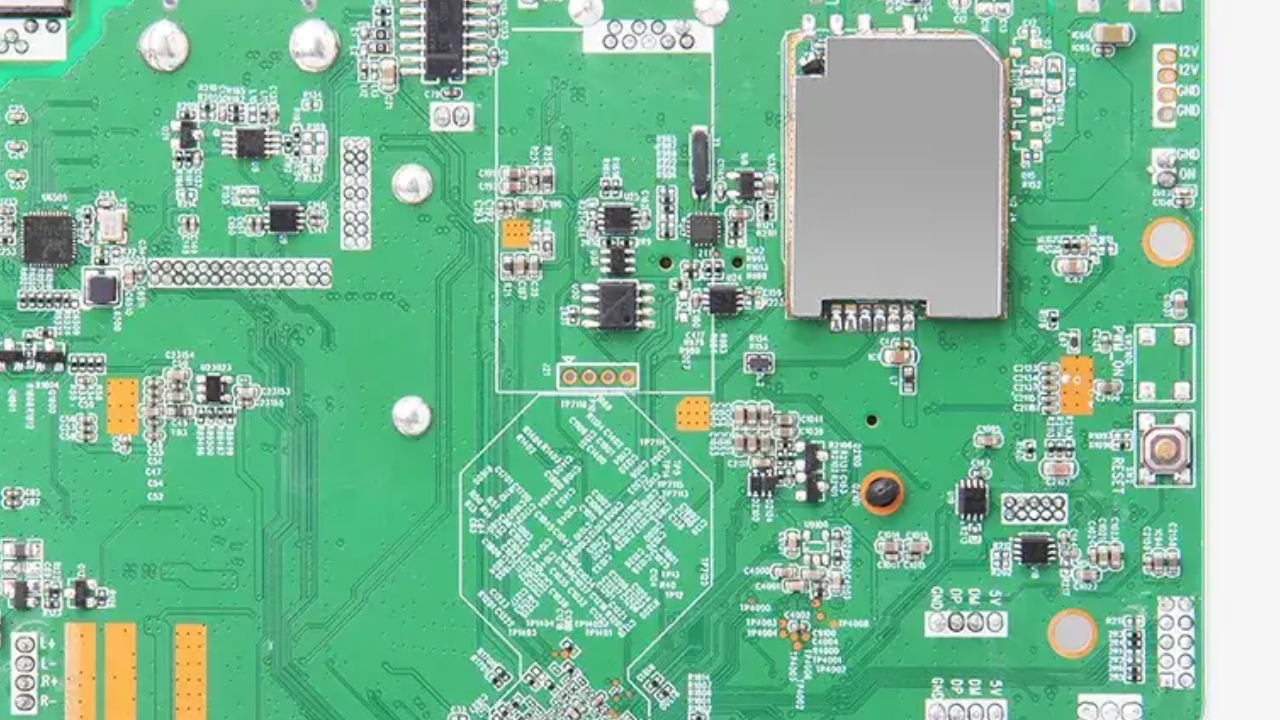Single Board Computers (SBCs) are instrumental in changing edge computing structures, reshaping information preparation and examination at the organized edge rather than centralized information centers. SBCs display a compact, reasonable, and versatile alternative for conveying computing capabilities closer to information sources, encouraging moment decision-making, minimizing inactivity, invigorating security, and maximizing transfer speed effectiveness.
Their compact measure and flexible functionalities make them perfect for different applications over businesses, from industrial mechanization to IoT organizations. By empowering real-time information handling and investigation at the edge, industrial single board computer SBCs enable organizations to reply quickly to changing conditions, extricate important bits of knowledge from information, and optimize operational proficiency. This worldview move towards edge computing with SBCs marks a critical progression in computing innovation, opening modern possibilities for development and proficiency in data-driven situations.
Introduction to Edge Computing
Edge computing is a disseminated computing worldview where information handling and investigation happen close to the information source, instead of depending on centralized information centers or cloud services. This approach brings computation and capacity closer to where information is created, empowering quicker reaction times, reducing data travel costs, and improving protection and security.
Localized Information Processing
SBCs empower localized information preparation and examination at the edge of systems, disposing of the got to transmit information to centralized information centers for preparation. This decreases inactivity and guarantees real-time insights and activities, basic for applications such as industrial computerization, shrewd cities, and IoT arrangements.
Low Inactivity
By preparing information locally, SBCs minimize inactivity, guaranteeing that basic choices can be made instantly. This is often particularly critical for applications requiring real-time reactions, such as independent vehicles, telemedicine, and mechanical control frameworks.
Transmission Capacity Optimization
SBCs optimize network transmission capacity utilization by sifting and conglomerating information locally time recently transmitting it to central servers or cloud stages. This diminishes information travel costs and soothes arrange blockage, especially in situations with constrained transmission capacity or tall information volumes.
Improved Security
Edge computing with SBCs moves forward security by keeping sensitive information local, lessening the introduction to potential cyber dangers amid information travel. SBCs can actualize strong security measures such as encryption, authentication, and access control to secure information at the edge.
Versatility and Adaptability
SBCs offer adaptability and adaptability, permitting edge computing models to adjust to changing prerequisites and scale effectively. Modern SBCs can be sent incrementally as required, guaranteeing ideal asset utilization and cost productivity.
Mechanical Automation
SBCs are utilized in mechanical mechanization systems to screen and control manufacturing forms, apparatus, and gear in real-time. They empower prescient upkeep, and quality control, and handle optimization, moving forward productivity and diminishing downtime.
IoT and Sensor Systems
SBCs serve as edge doors in IoT and sensor systems, collecting, preparing, and analyzing information from associated gadgets and sensors. They empower intelligent decision-making at the network's edge, supporting applications such as shrewd homes, wearable gadgets, and natural checking frameworks.
Healthcare
In healthcare, SBCs encourage further understanding of observing, medical imaging, and real-time well-being analytics at the point of care. They empower healthcare suppliers to provide personalized medications, progress quiet results, and diminish clinic readmissions.
Retail
SBCs control edge computing arrangements in retail situations for stock management, client analytics, and personalized promoting. They empower retailers to optimize operations, upgrade client encounters, and drive sales development.
Conclusion
Single Board Computers (SBCs) are vital components of edge computing models, empowering localized information handling, decreasing idleness, optimizing transfer speed utilization, upgrading security, and encouraging versatility and adaptability. With their compact measure, moo cost, and versatile capabilities, SBCs enable organizations over different businesses to saddle edge computing and open modern openings for advancement and productivity. As the request for real-time information analytics and decision-making proceeds to develop, SBCs will play a progressively basic part in forming the long run of edge computing.


